Your cart is currently empty!
Understanding Windows 10 End of Support: The Risks of Refusing to Update

Windows 10 reaches end of support on October 14th, 2025, but how does that affect your clients and their business? Businesses and individuals who fail to upgrade from Windows 10 to Windows 11 will take on unnecessary and avoidable risks such as:
- Security Vulnerabilities
Running outdated software increases susceptibility to cyber threats. Microsoft has enhanced security features in Windows 11, such as hardware-based protections and advanced encryption protocols, which are not fully supported in Windows 10. Failing to upgrade leaves systems exposed to increasingly sophisticated attacks. - Lack of Support and Updates
Microsoft has announced the end of mainstream support for Windows 10 by October 2025. Without regular updates, systems will no longer receive critical security patches, bug fixes, or performance improvements, creating significant operational risks. This lack of maintenance weakens overall infrastructure reliability and compliance readiness. - Missed Productivity Gains
Windows 11 is optimized for modern hybrid work environments, offering features like improved virtual desktop management, faster boot times, and enhanced application performance. IDC reports that businesses can increase employee productivity by up to 20% by leveraging the upgraded user experiences and tools in Windows 11. Organizations that delay migration risk inefficiencies and reduced competitiveness. - Compatibility Challenges
New software and hardware technologies are increasingly designed around Windows 11’s advancements. Without upgrading, companies risk encountering compatibility issues, stifling innovation and disrupting workflows reliant on newer technologies. - Regulatory and Compliance Risks
Regulatory standards such as GDPR and CCPA demand robust cybersecurity practices. Windows 11 includes enhanced compliance-focused features, such as Zero Trust security models, not available on Windows 10. Failure to upgrade could introduce compliance gaps, exposing organizations to audits, fines, and reputational damage. - Higher Long-Term Costs
Maintaining older systems leads to increased operational costs, including more frequent IT support and higher energy consumption. Windows 11 boasts improved energy efficiency and better automated management tools. Delaying migration often results in costly unplanned upgrades under tight timelines during critical system failures.
Digital transformation dictates the rhythm of business growth,
so the end of Windows 10 support stands as a pivotal moment for IT leaders and business executives alike. The end-of-support date, October 14, 2025, marks a crucial transition point for organizations to embrace Windows 11 Pro – a move that’s not just strategic but essential.
Windows 11 Pro, with its robust security infrastructure and enhanced efficiency, isn’t merely an upgrade; it’s a gateway to unprecedented operational excellence. The built-in layers of defense in this advanced operating system have been reported to reduce security incidents by an impressive 62%, a game-changer for industries grappling with cybersecurity threats. Moreover, the integration of business AI features propels workflow efficiency by an average of 50%, ensuring that businesses remain at the forefront of their respective industries.
The DaaS (Device-as-a-Service) approach introduces a paradigm shift in how organizations manage their IT resources. By adopting a subscription-based model, businesses can bypass traditional capital expenditures, instead opting for a scalable, flexible solution that evolves with their needs. This service model ensures access to the latest technology, continual updates, and maintenance – fostering an environment where productivity and security are perpetually optimized.
Real-world examples illustrate these benefits with compelling clarity.
- Within the healthcare industry, the adoption of Windows 11 Pro has led to a fortified protection of sensitive patient data, streamlining operations and expediting patient care.
- Financial institutions have reported a 30% reduction in transaction times, leveraging enhanced system performance to deliver superior customer experiences.
- Educational establishments, meanwhile, are harnessing the power of advanced multitasking and security features to bolster hybrid learning environments.
- Finally, the manufacturing sector is witnessing a 15% decrease in production delays, courtesy of AI-enhanced operational processes.
These insights are not hypothetical. Organizations like Klockner Pentaplast, a global manufacturer of packaging products, achieved 25% faster deployment of solutions through AI-driven processes have achieved 25% faster deployment timelines through AI-driven processes, underlining the transformative power of Windows 11 Pro. Meanwhile, TMRW Music’s notable reduction in support requests due to seamless updates highlights the practical advantages of adopting this forward-thinking operating system.
For IT leaders and business executives seeking to secure a future-ready infrastructure, the transition to Windows 11 Pro and the DaaS approach isn’t just an opportunity – it’s an imperative. This is about safeguarding technological foundations and ushering in a new era of agility and competitiveness. The journey begins here, with comprehensive resources and actionable insights at your disposal, ensuring that your organization’s migration is as informed as it is seamless. Prepare today to thrive tomorrow.
Share:
Sign up to our newsletter
Receive our latest updates about our products & promotions
Related Articles
-
SQL Server 2025: What’s New in the Preview Release and What to Expect
SQL Server 2025 is the next iteration in Microsoft’s flagship database system. It builds upon the…
-
A Brief Overview of Microsoft’s New Commerce Experience (NCE)
Introduction to New Commerce Experience (NCE) The world today is changing constantly at an unprecedented rate.…
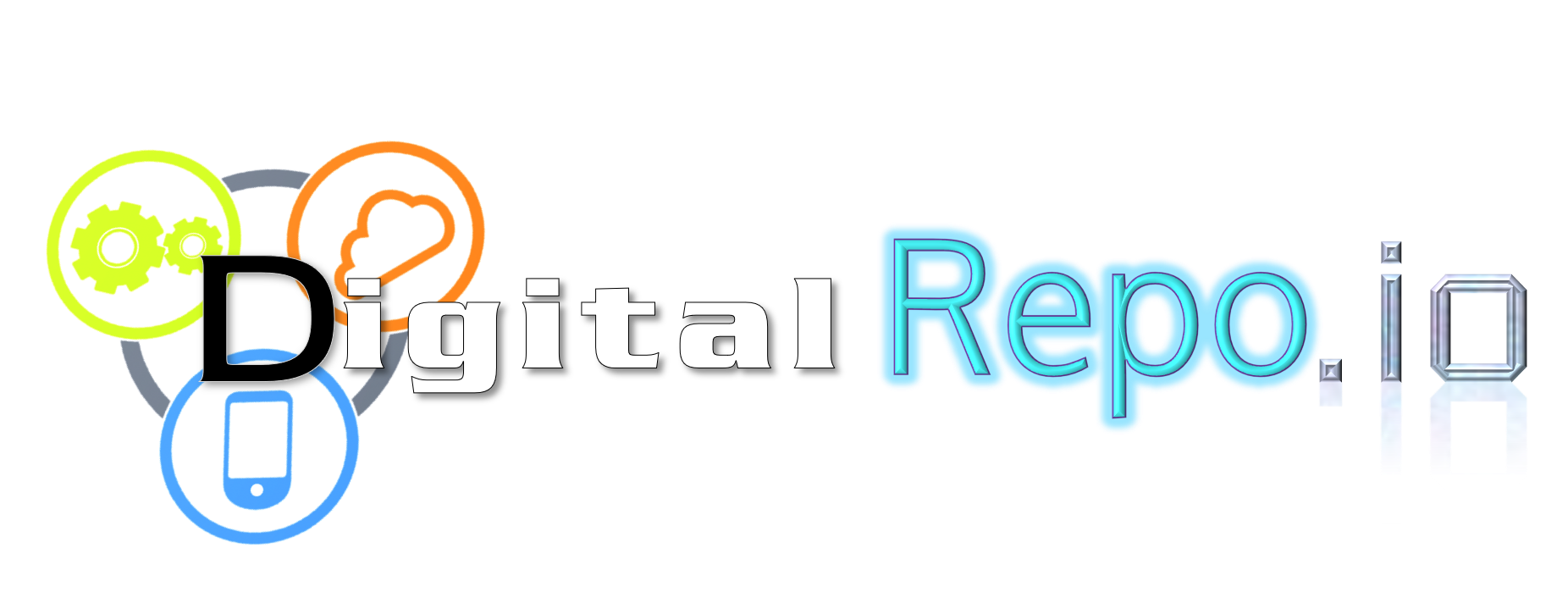

 Subscribe
Subscribe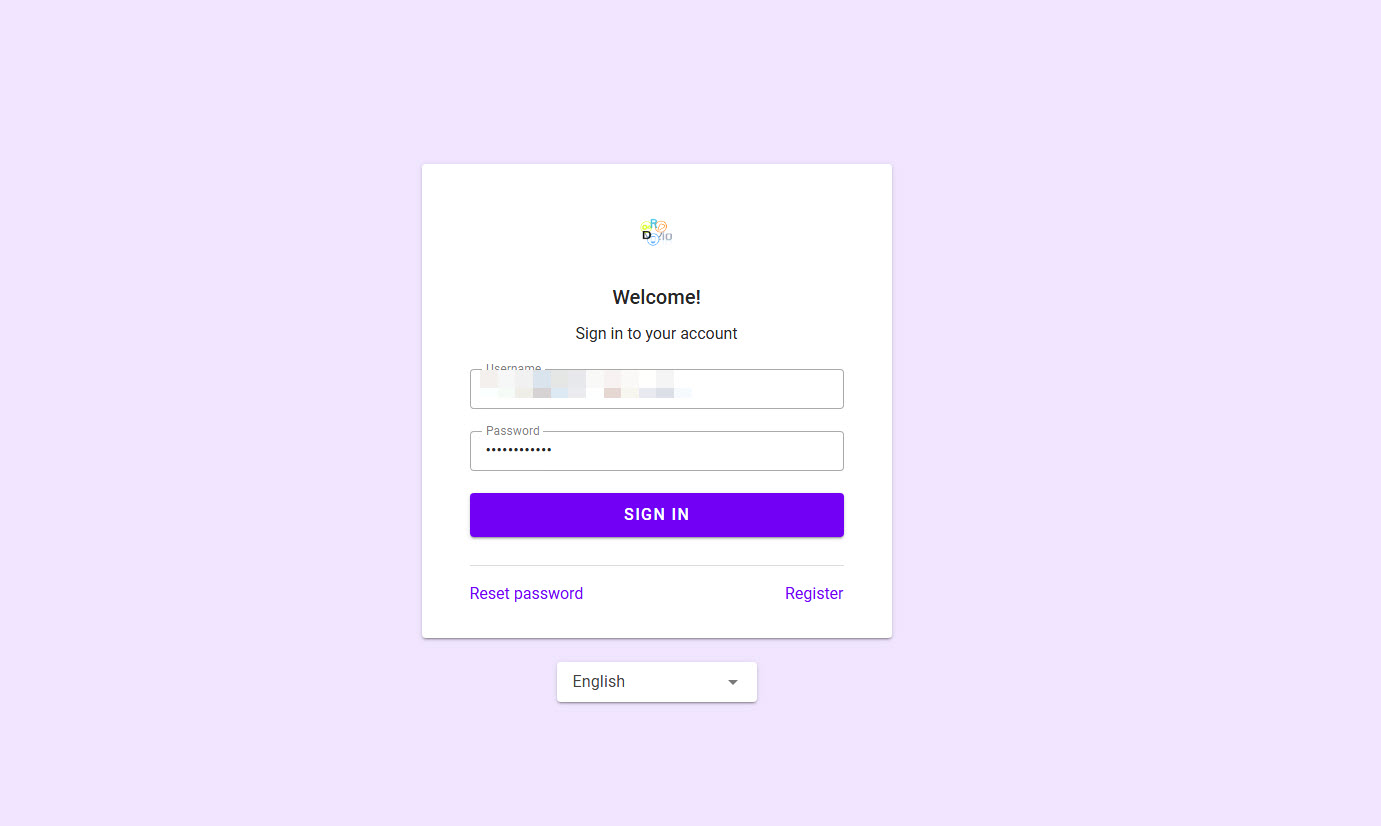

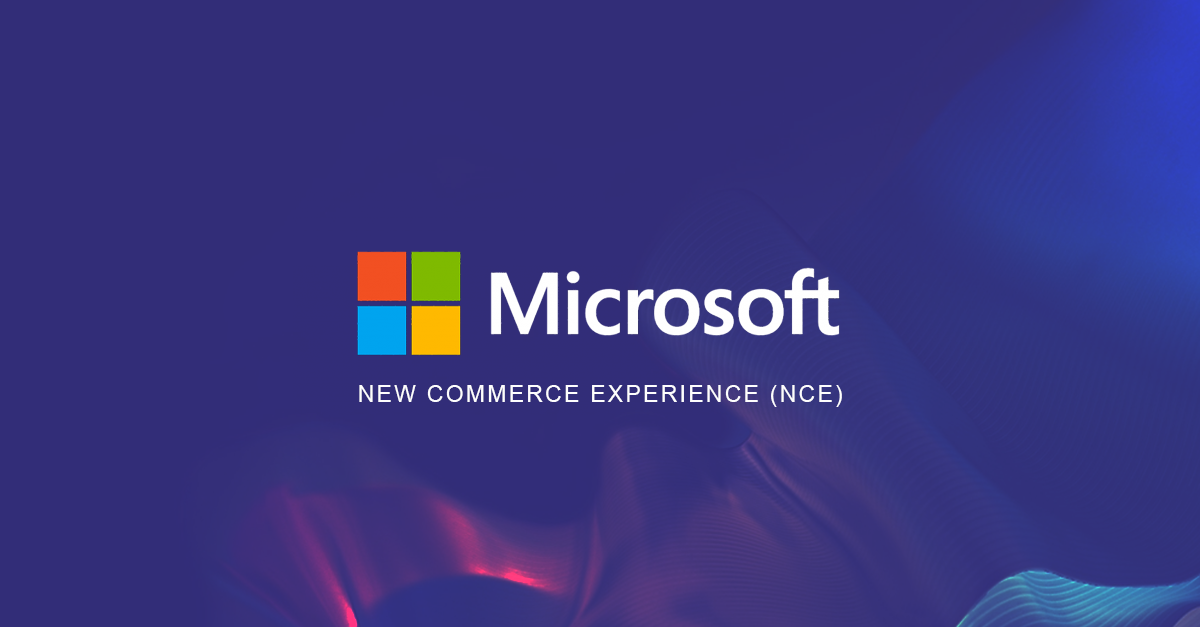



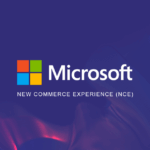
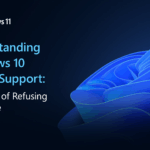

Leave a Reply